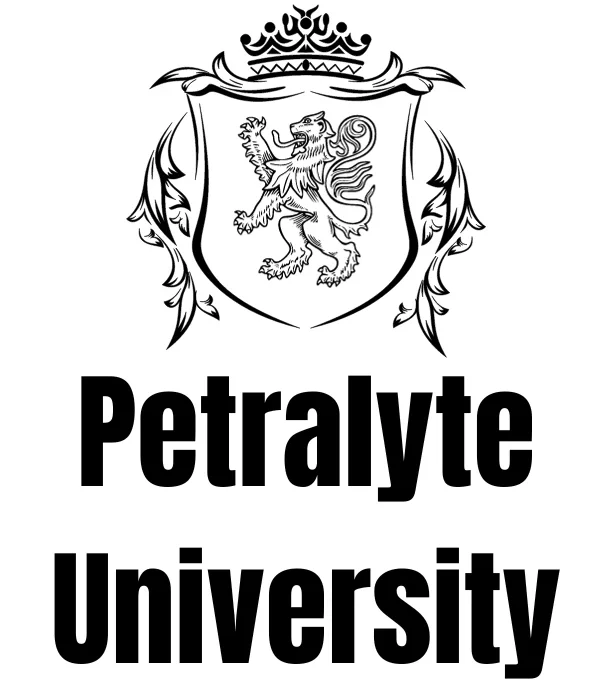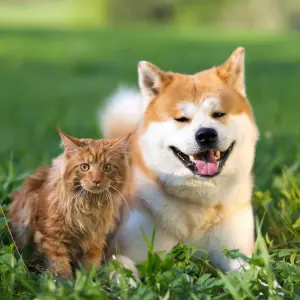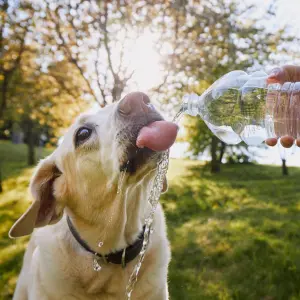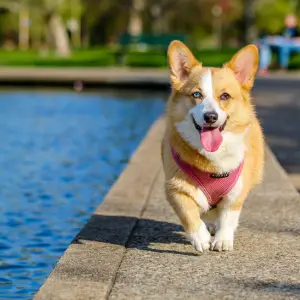Cat Water Consumption
As a responsible cat owner, ensuring your feline friend stays properly hydrated is vital for their overall health and well-being. In this article, we’ll explore the importance of cat water consumption and provide practical insights to promote proper hydration. Understanding your cat’s water needs and implementing strategies to encourage regular water intake can help prevent health issues and ensure their well-being.
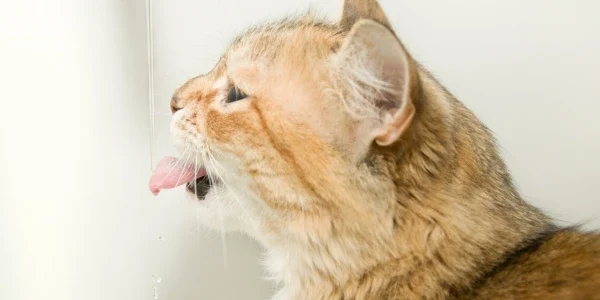
The Importance of Proper Hydration for Cats:
Proper hydration is crucial for maintaining your cat’s overall health and supporting vital bodily functions. Cats are descendants of desert-dwelling animals and have a low thirst drive, making it essential to prioritize their water intake. Here are key reasons why proper hydration is important for cats:
- Organ Function: Water is essential for proper organ function, including kidney health and waste elimination. Adequate hydration helps prevent urinary tract issues, kidney problems, and bladder stones in cats. It also supports optimal digestion, nutrient absorption, and temperature regulation.
- Preventing Dehydration: Cats are prone to dehydration, which can lead to serious health complications. Dehydration can impact their energy levels, cognitive function, and overall well-being. Ensuring proper hydration helps prevent dehydration and its associated risks.
Understanding Cat Water Requirements
On average, cats should consume around 3.5 to 4.5 ounces of water per 5 pounds of body weight daily. However, several factors influence their water needs, including age, weight, diet, and activity level. For example, older cats may need to drink more water than younger cats, as they may not be as active. Similarly, cats who eat a dry food diet will need to drink more water than cats who eat a wet food diet, as dry food contains less water. And finally, cats who are more active will need to drink more water than cats who are less active. Monitoring your cat’s water intake can help you gauge their individual hydration needs.
Several factors can influence a cat’s water consumption. Wet food diets generally contribute more to overall hydration due to their higher water content. Environmental conditions, such as hot weather, can increase a cat’s water requirements. Additionally, certain health conditions like diabetes or kidney disease may impact a cat’s water intake. Understanding these factors can help you better assess your cat’s hydration needs.
Promoting Proper Hydration for Cats
Offering fresh, clean water at all times is crucial to encourage regular water consumption. Cats are sensitive to the taste and smell of water, so it’s important to replace it frequently to maintain its freshness. Clean the water bowl regularly, removing any residue or particles that may deter your cat from drinking. Place the water bowl in a quiet area of the house, away from noise and high-traffic zones. Cats prefer a calm environment when drinking. Ensure the bowl is easily accessible, especially for older or arthritic cats. Consider providing multiple water stations in larger homes or multi-cat households to ensure access for all cats.
Incorporating wet food into your cat’s diet can increase their overall moisture intake. Wet food has a higher water content than dry kibble, helping to supplement their hydration needs. If your cat prefers dry food, consider adding water to it to increase moisture intake. However, consult your veterinarian for specific dietary recommendations based on your cat’s health and needs.
Cats are often attracted to running water sources. Consider providing a cat fountain or a dripping faucet as an enticing option for your cat to drink. The sound and movement of running water can stimulate their interest and encourage them to hydrate more frequently. Cat fountains also provide a continuous supply of fresh water and help prevent stagnant water issues.
Monitor your cat’s water consumption to ensure they are adequately hydrated. Pay attention to signs of dehydration, including reduced urine output, dry gums, and lethargy. If you notice any concerning symptoms, consult your veterinarian for guidance.
Health Conditions Affecting Cat Water Consumption
Some health conditions or circumstances may require increased monitoring or adjustment of your cat’s water intake. For instance:
- Diabetes: Diabetic cats may have increased water intake due to excessive thirst. Regular monitoring and proper management are crucial in such cases.
- Kidney Disease: Cats with kidney disease may have compromised kidney function, leading to increased water requirements. Consult your veterinarian for guidance on managing your cat’s hydration needs.
Conclusion
Proper hydration is essential for your cat’s overall health and well-being. By understanding the importance of cat water consumption and implementing strategies to promote hydration, you can prevent health issues and ensure their optimal well-being. Provide fresh and clean water, strategically place water bowls, encourage wet food or moisture supplementation, consider cat fountains, and monitor their water intake. By prioritizing your cat’s hydration needs, you contribute to their longevity and quality of life.
For more valuable information on cat care, hydration, and well-being, visit our website. Sign up for our newsletter
